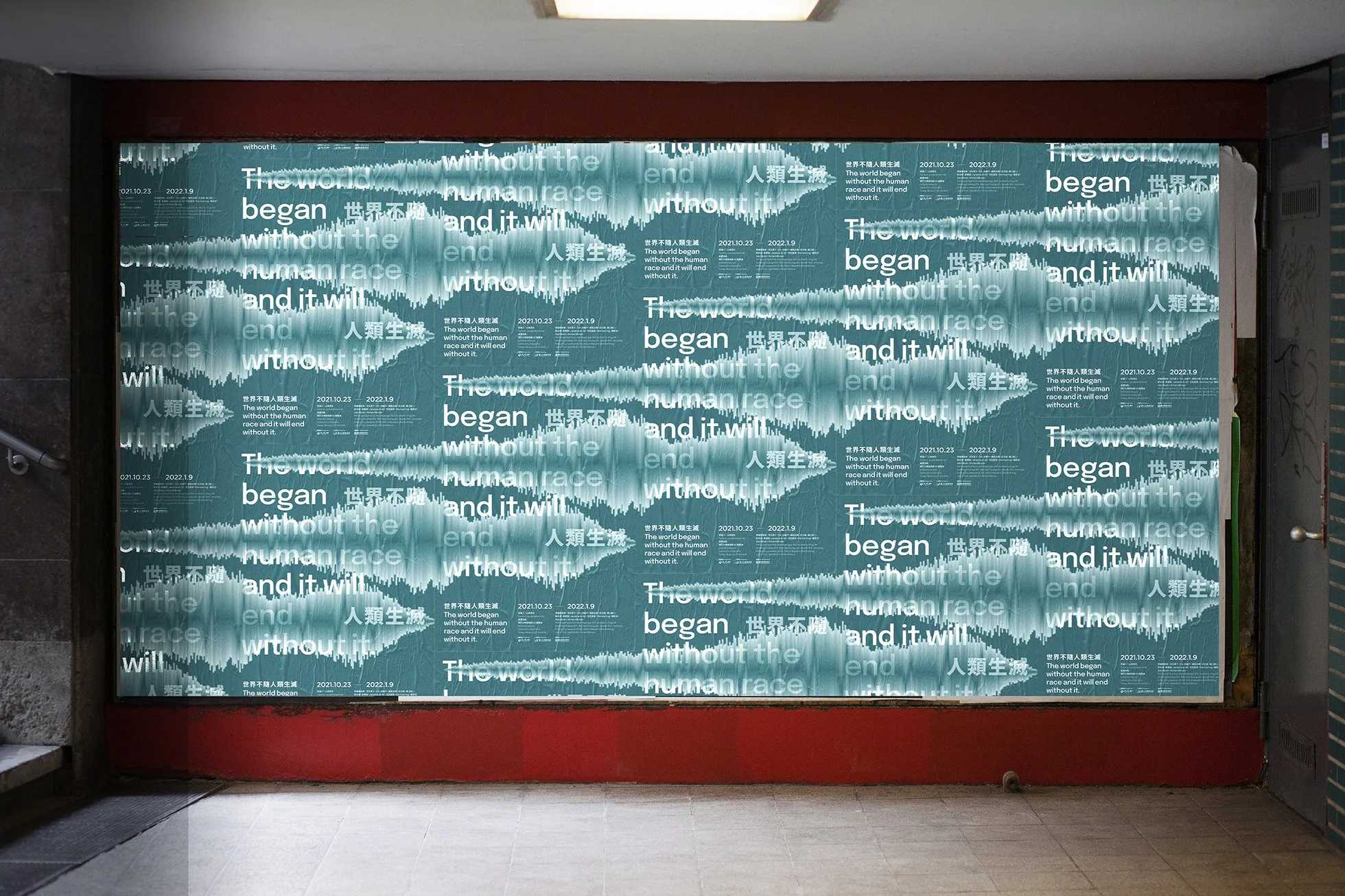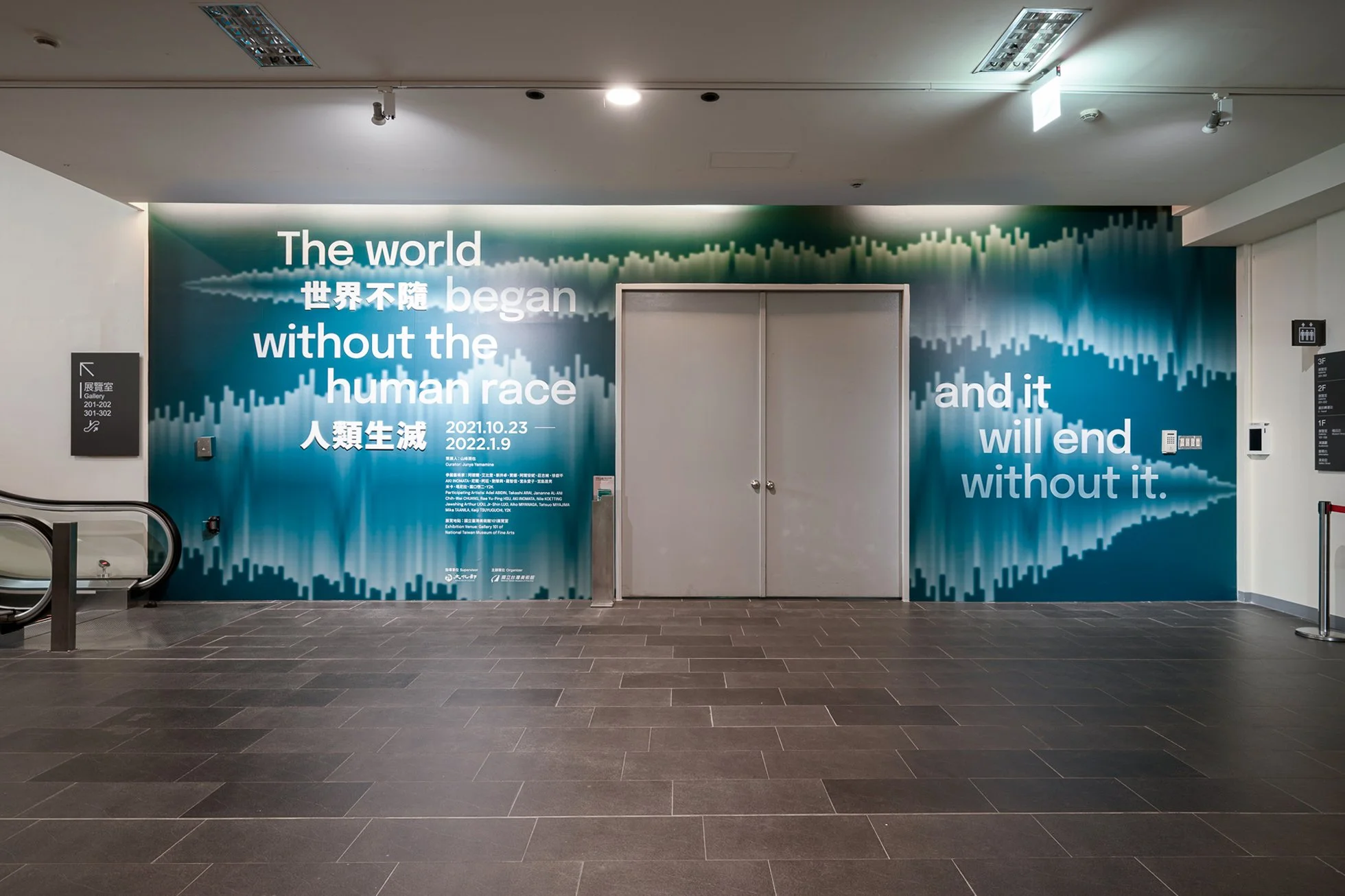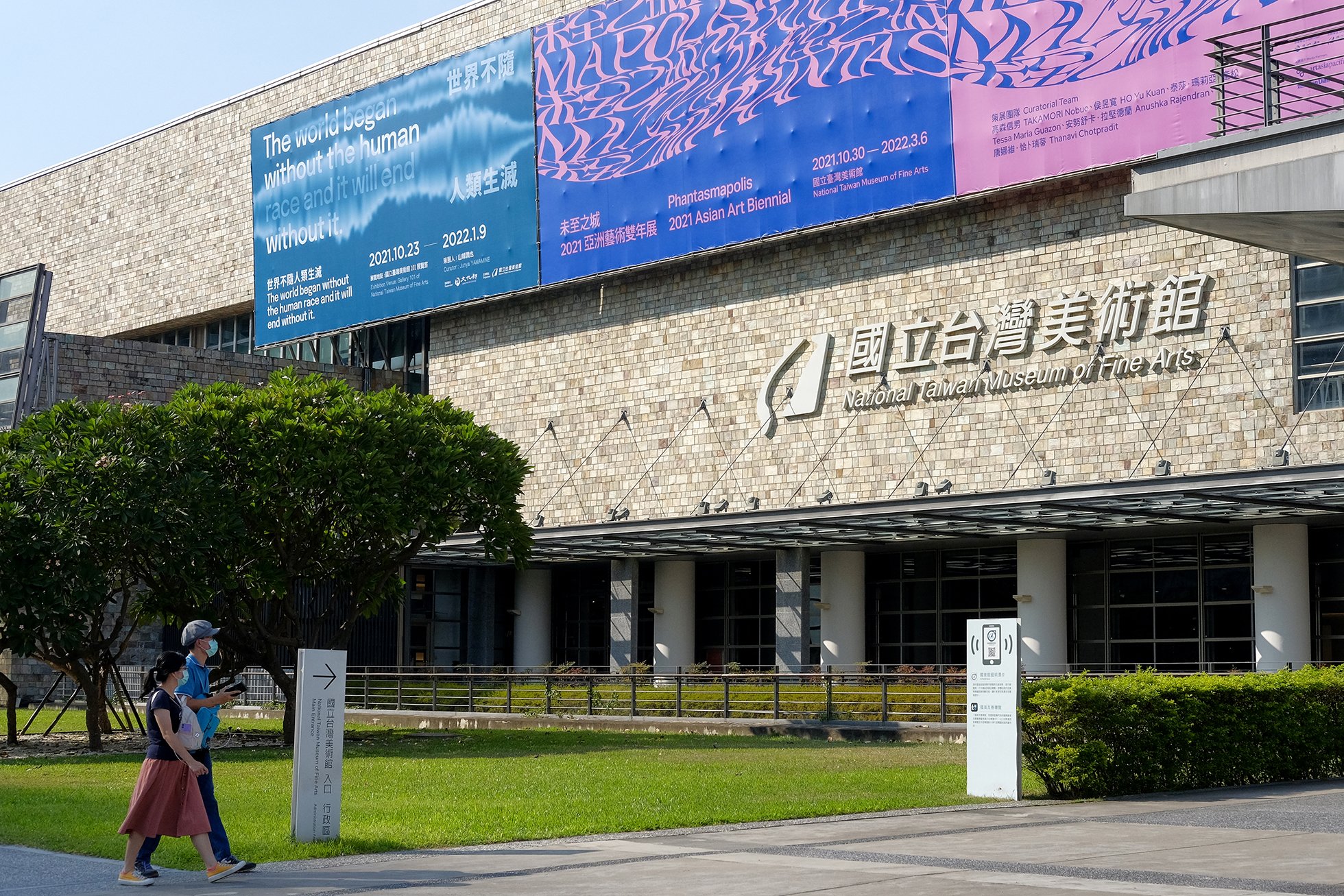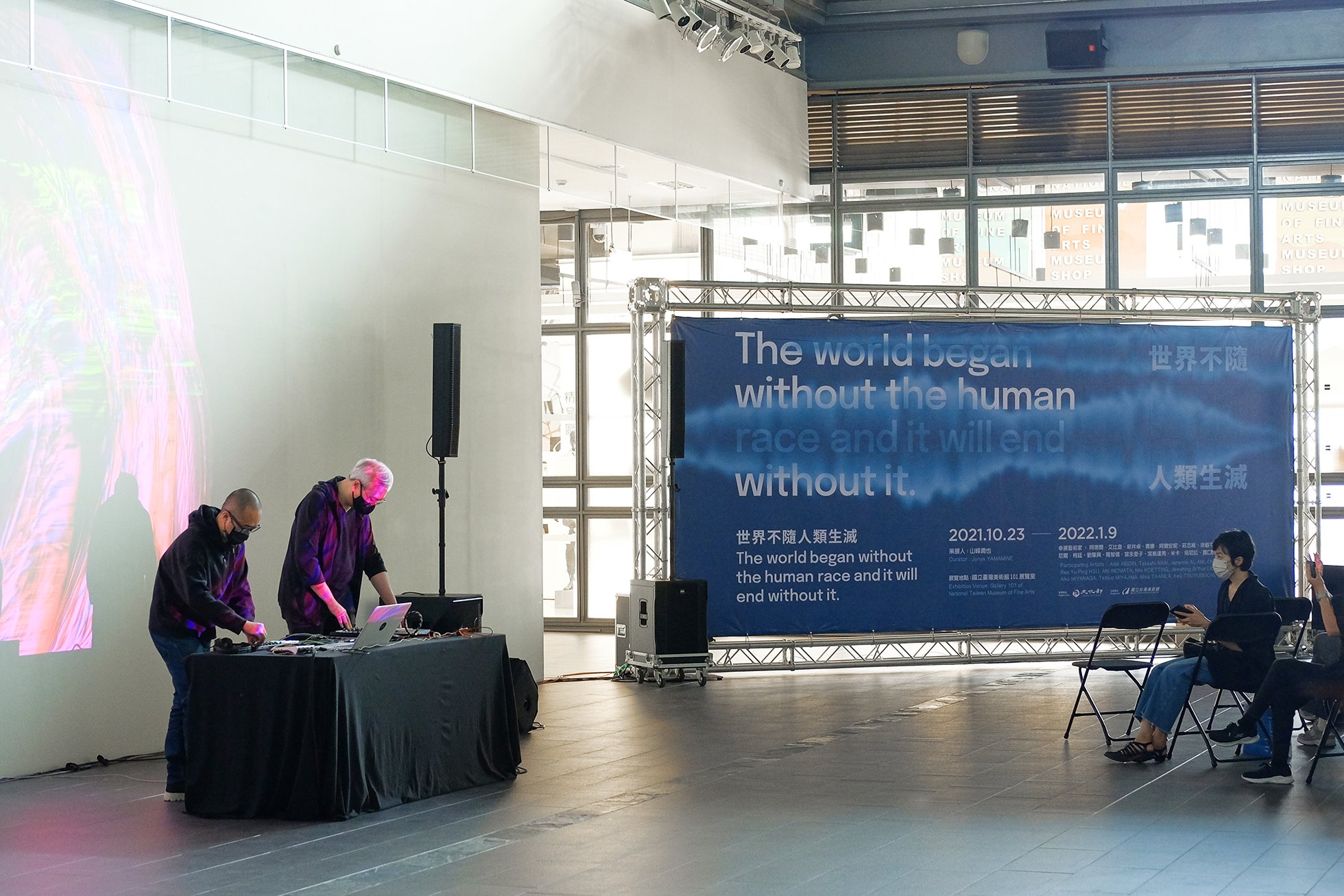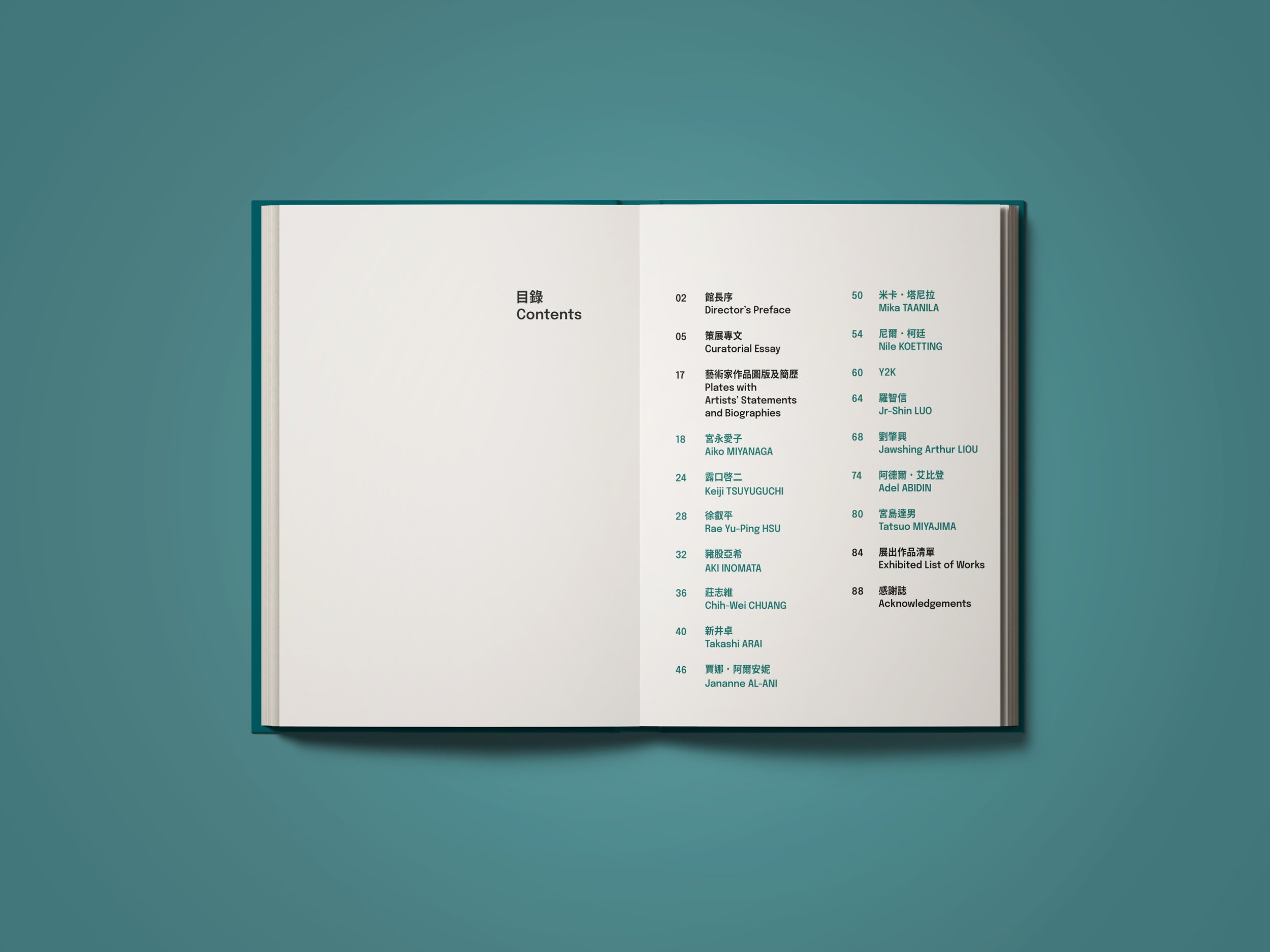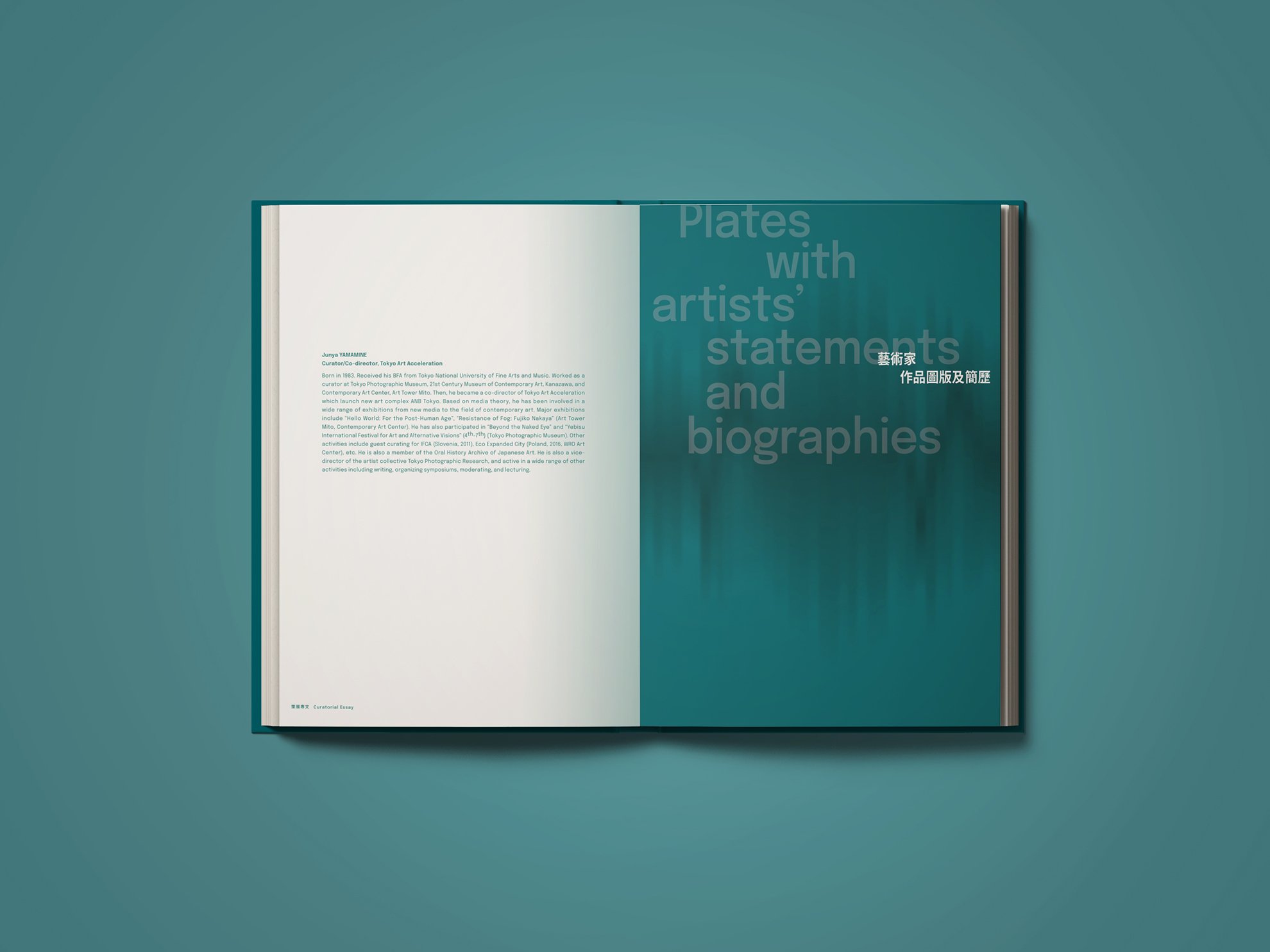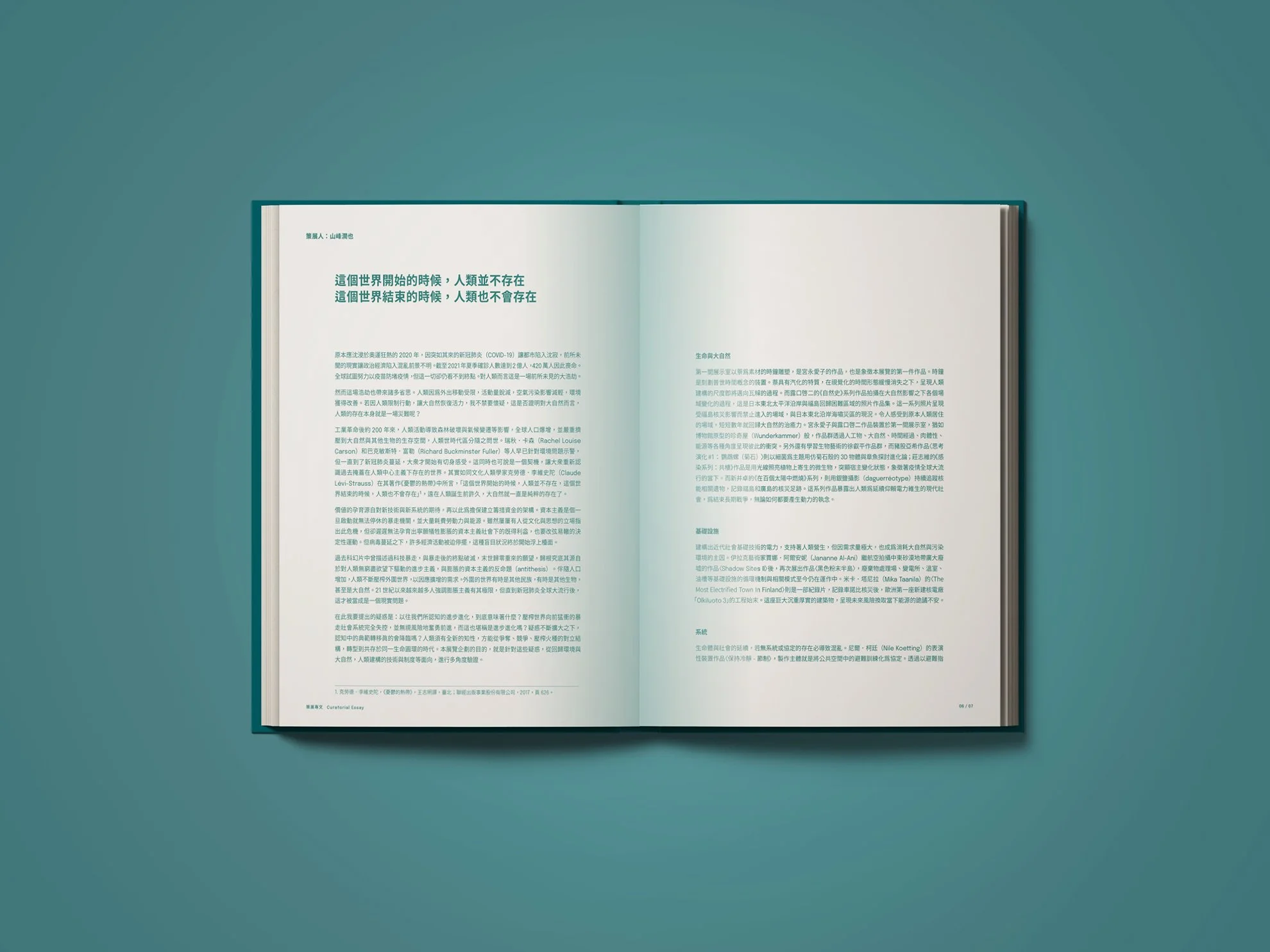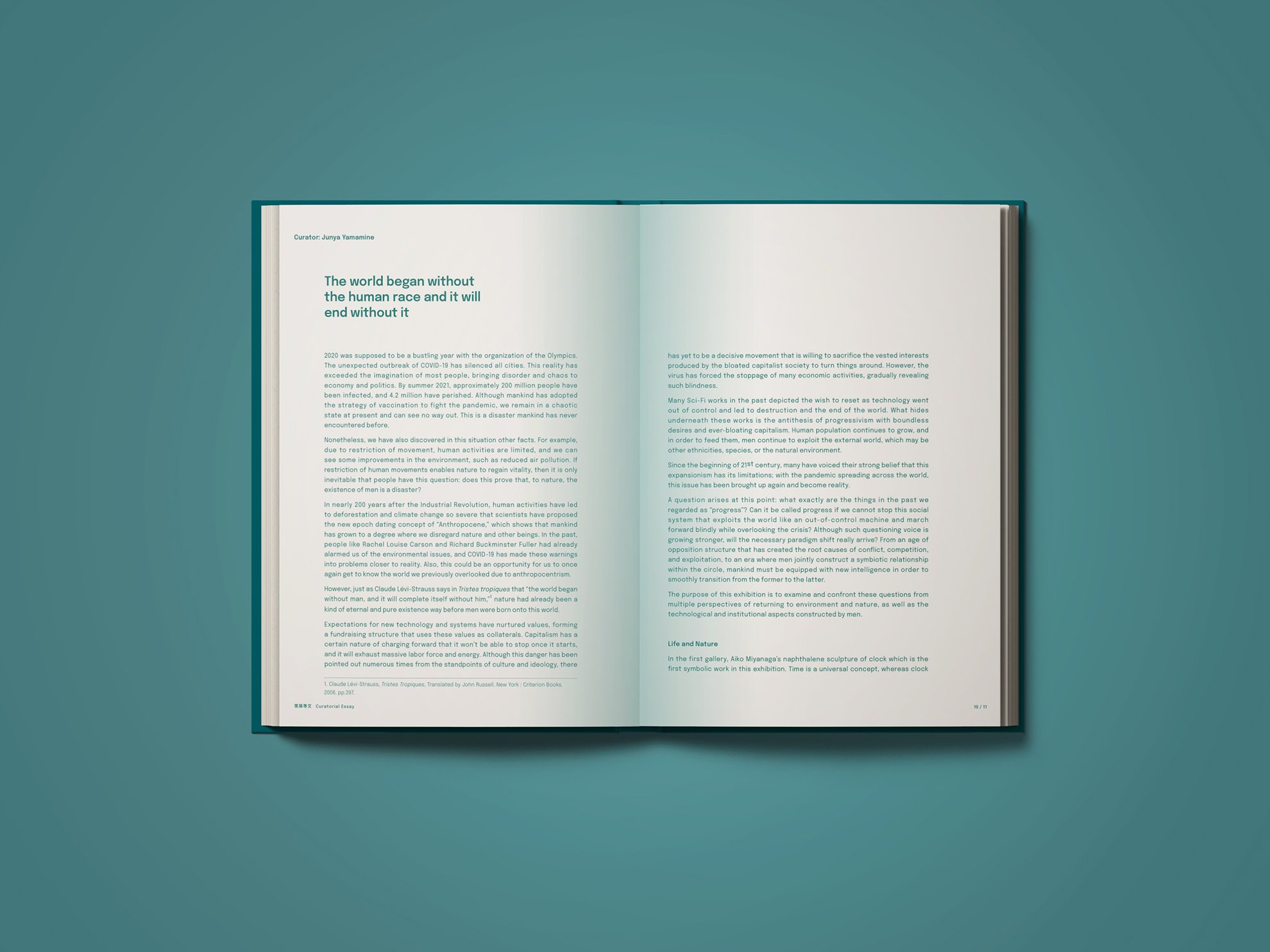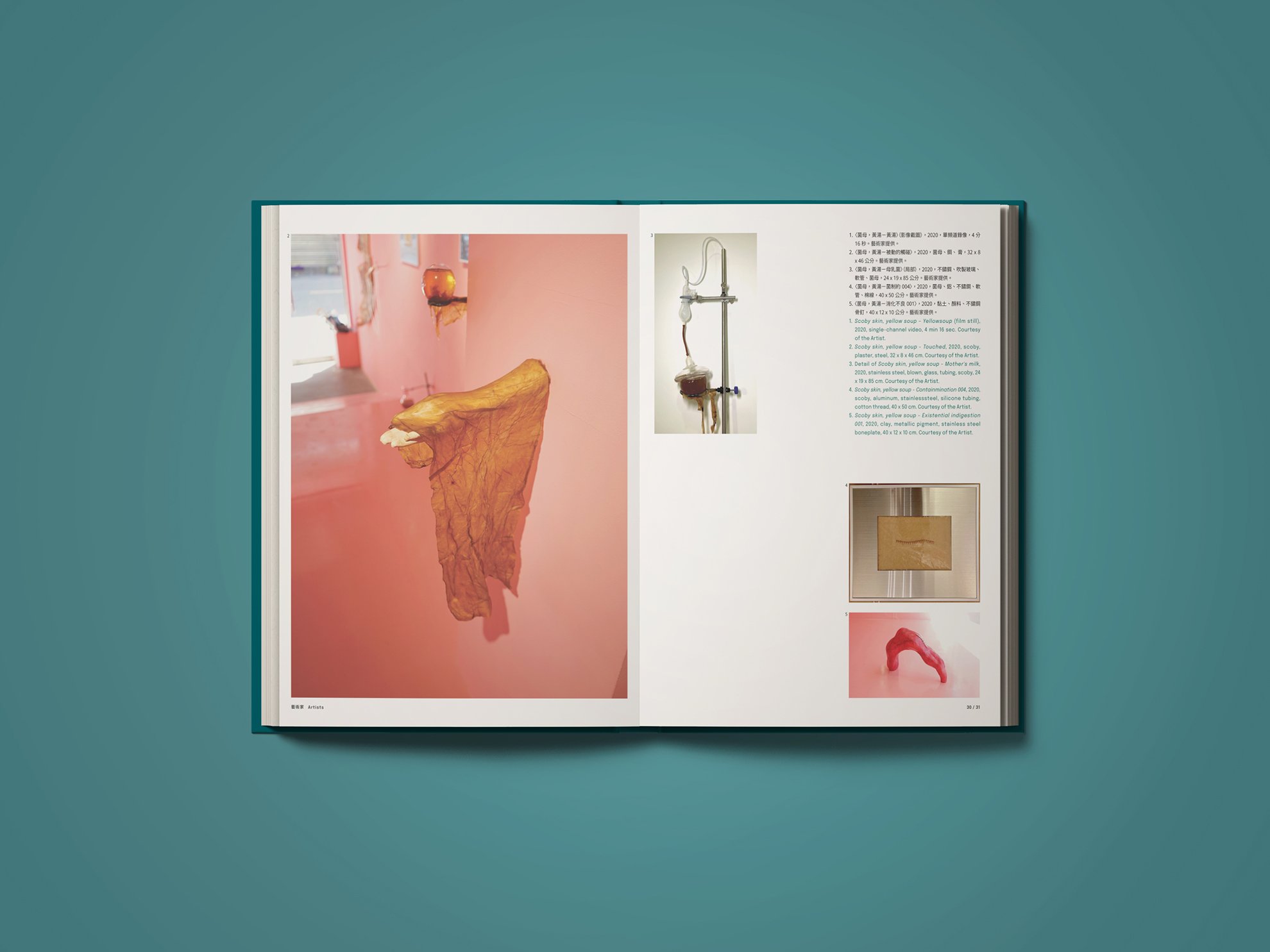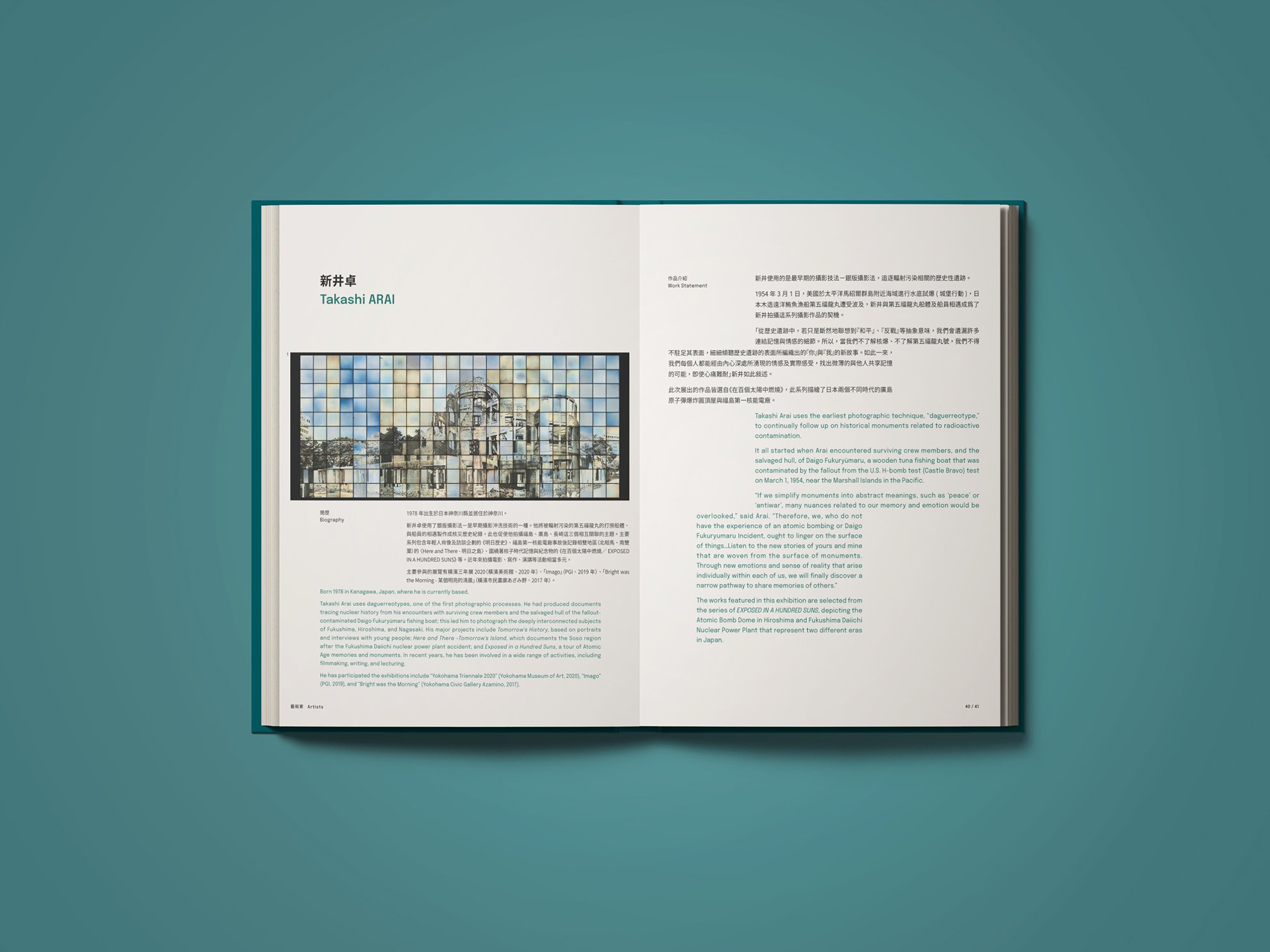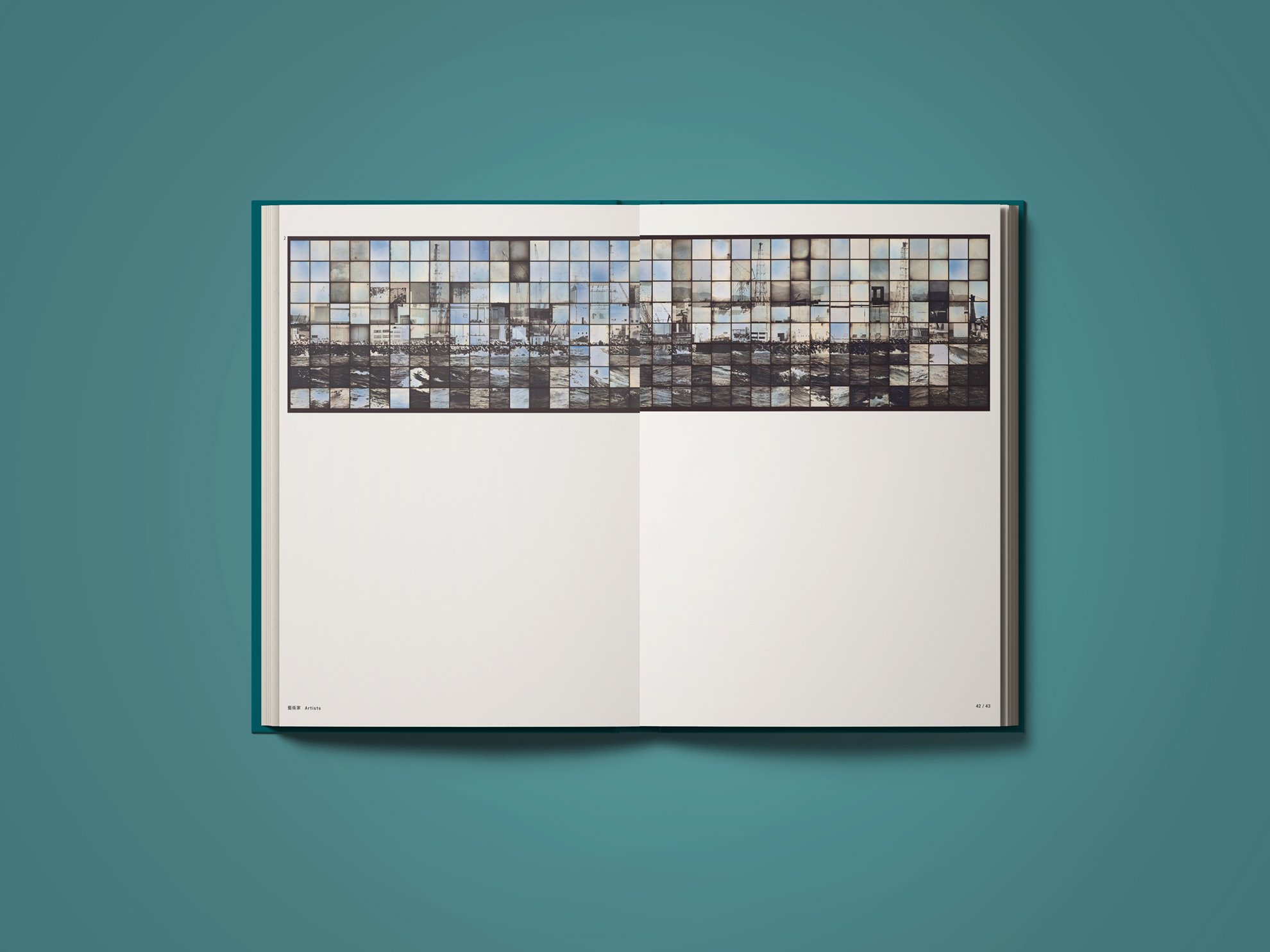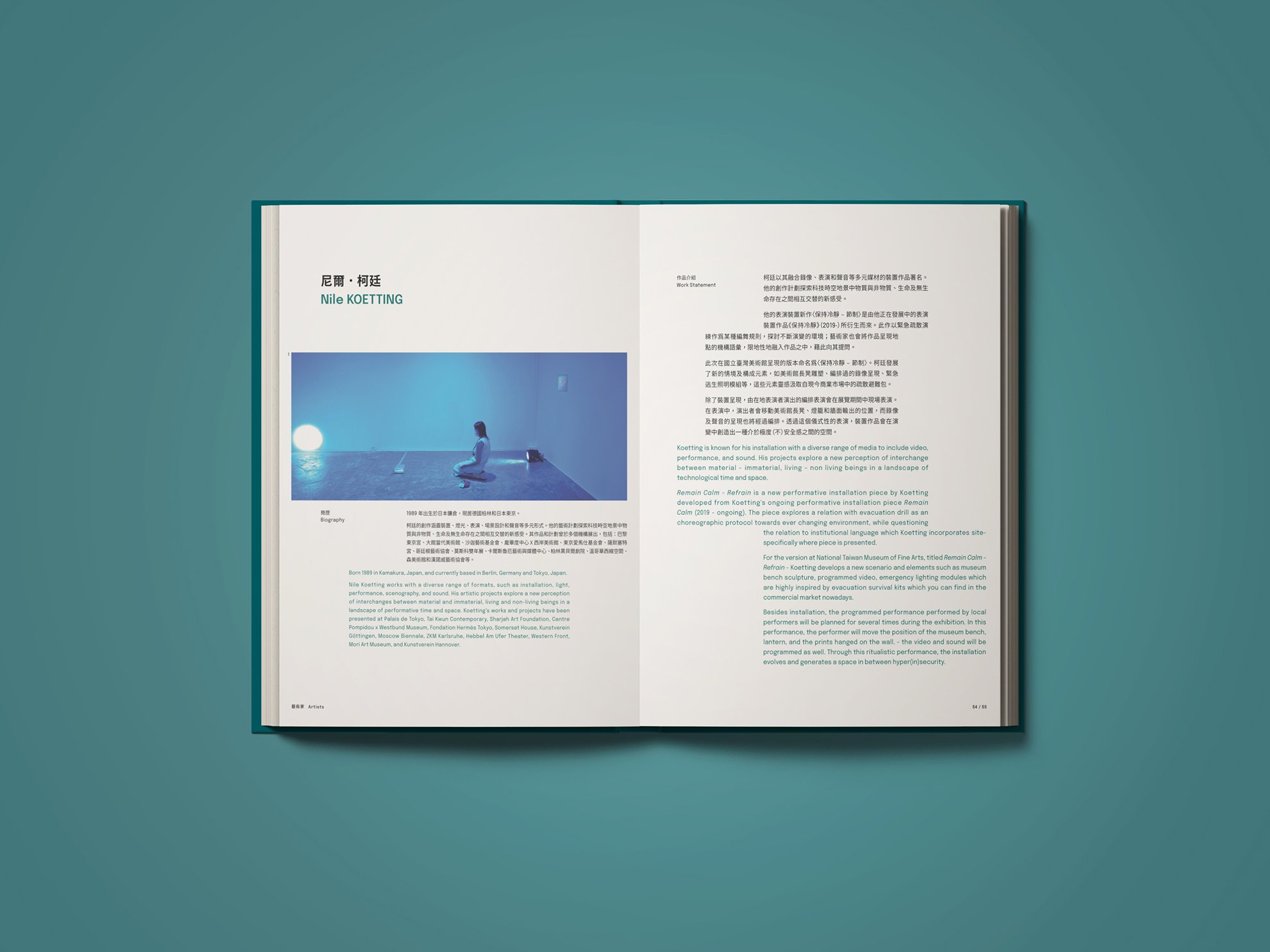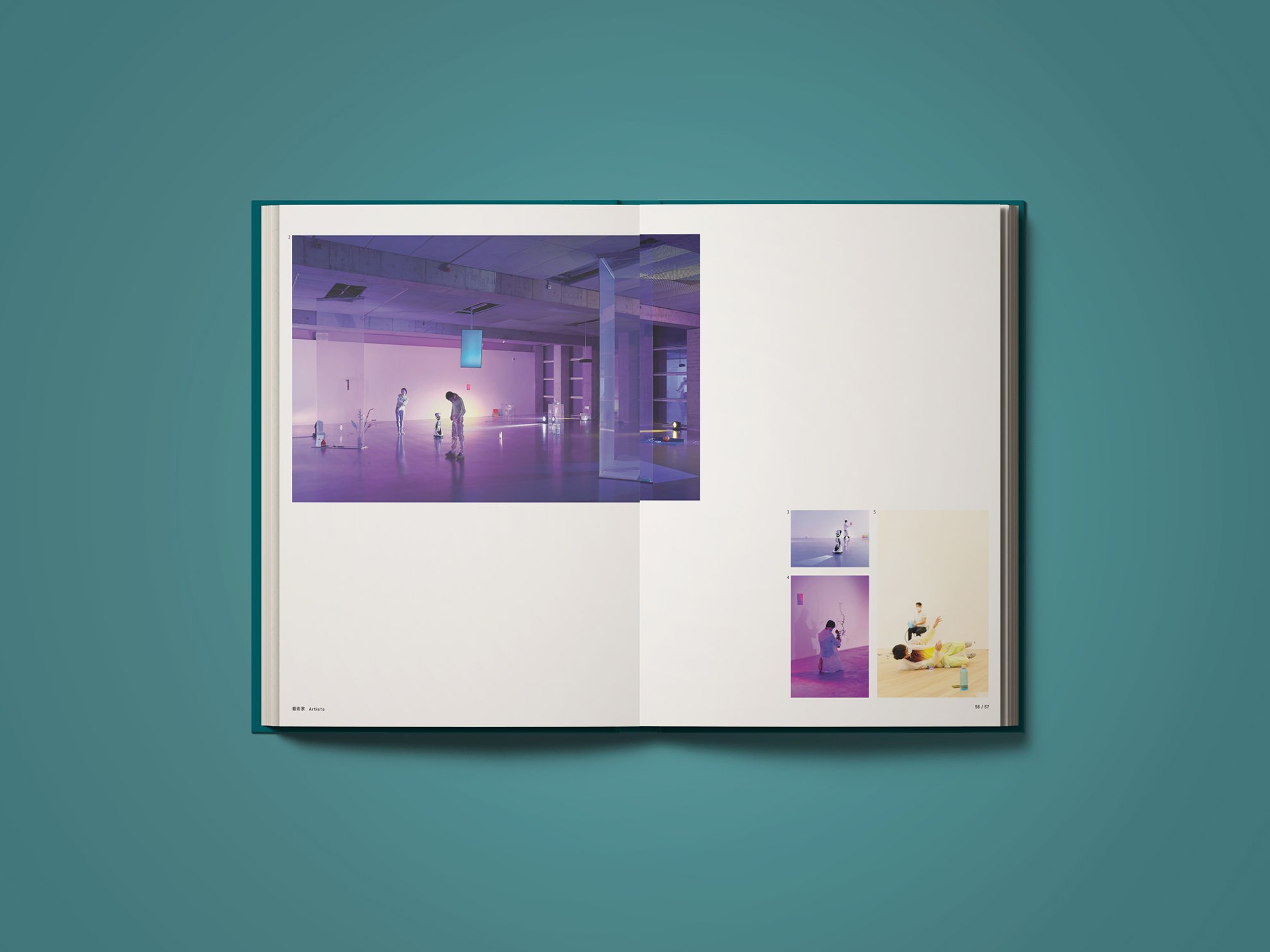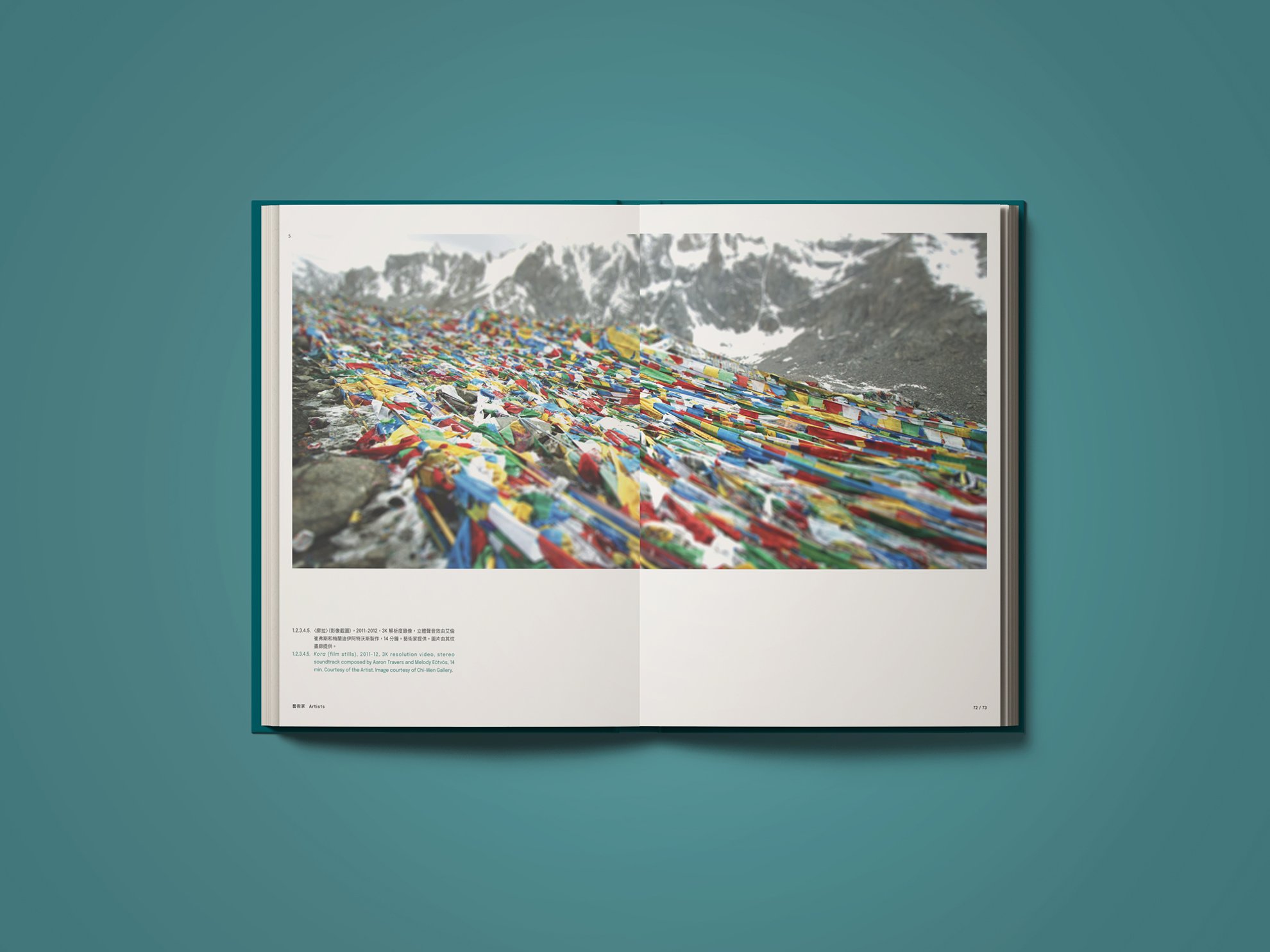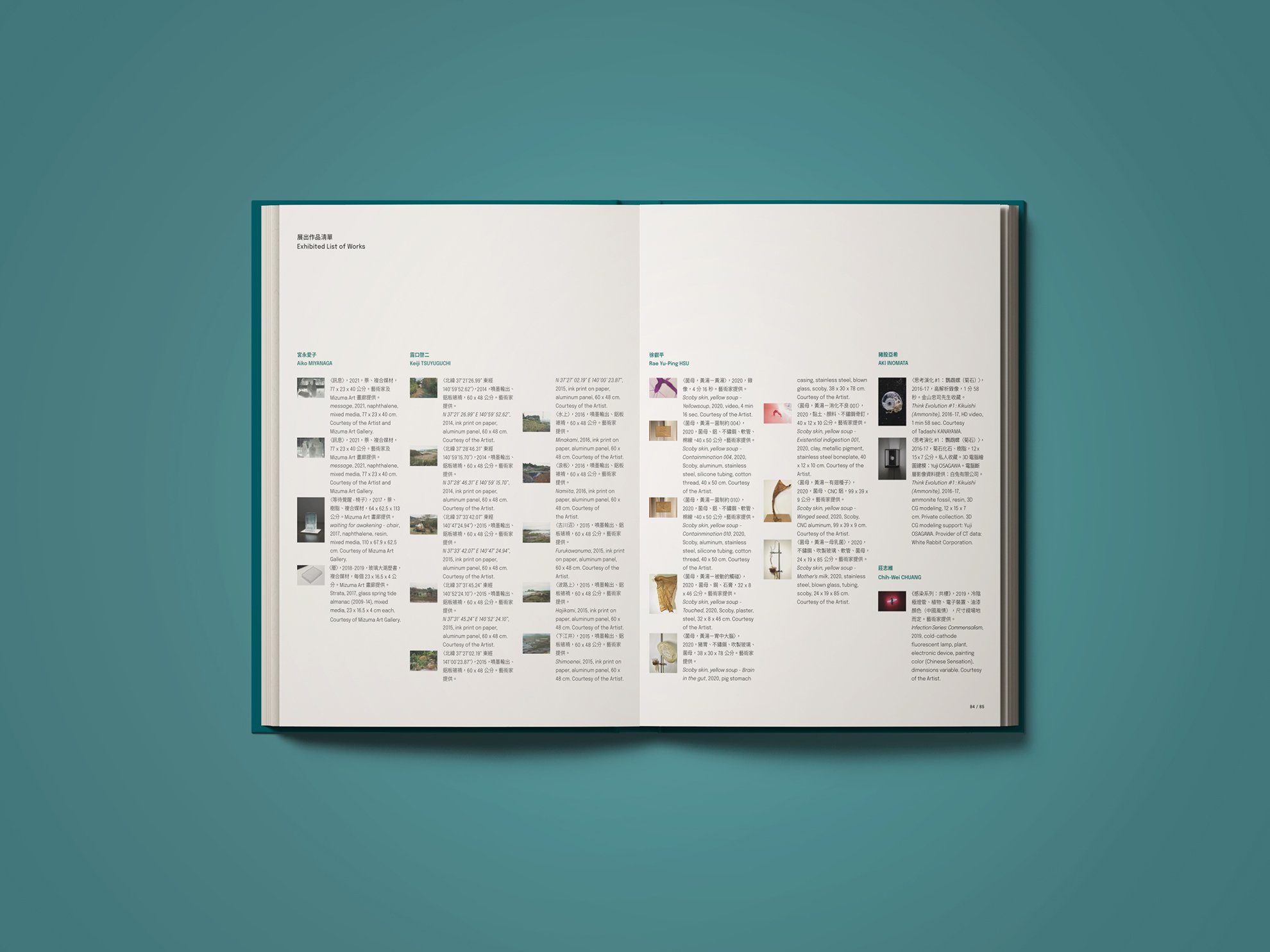Brief /
正如克勞德·李維史陀(Claude Lévi-Strauss)在其著作《憂鬱的熱帶》(Tristes Tropiques)中所言:「世界不伴人類而生,亦必不伴人類而亡。」在人類出現之前,自然界就已經獨立存在且穩定不變。隨著21世紀的到來,越來越多的聲音開始質疑無限擴張的可能性,全球大流行的疫情更讓這一現實問題浮現。我們現正處於一個關鍵時刻:人類是否能擺脫技術與資本主義,運用智慧與知識構建一個永續社會。為了避免重蹈覆轍,本次展覽旨在展示兩種對立的未來:一種是失控的機械裝置或自我毀滅的科技;另一種則是超越人類尺度、不斷再生的大自然景象。這是一個關於死亡與再生的展覽,為未來的典範轉移提供新的思路。
As Claude Lévi-Strauss remarked in his work Tristes Tropiques, “The world began without man, and it will complete itself without him.” Nature existed independently and remained resilient long before humanity’s emergence. Entering the 21st century, an increasing number of voices have questioned the limits of expansionism, with the global pandemic bringing this reality to the forefront. We are now at a crucial juncture: Can humanity move beyond the grip of technology and capitalism to build a sustainable society through wisdom and knowledge? To avoid retracing past errors, this exhibition presents two contrasting futures: one as runaway mechanisms or self-destructive technological devices, and the other as the continuously regenerating landscapes of nature that surpass human scale. This is an exhibition about death and rebirth, providing new perspectives for a paradigm shift towards the future.
Concept /
疫情的當下,未定的未來
全球疫情數據通過橫軸長條圖呈現,直觀反映了當前世界的狀況。隱藏在長條圖中的心電圖,象徵著自然界再生的規律性。長條圖延伸出畫布之外,暗示著人類尚未確定的未來走向。
The global pandemic data is presented as a horizontal bar chart, directly reflecting the current state of the world. Hidden within the bar chart is an electrocardiogram, symbolizing the rhythmic regeneration of nature. The bars extending beyond the canvas suggest an uncertain future for humanity.

